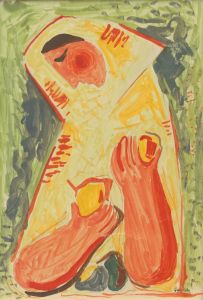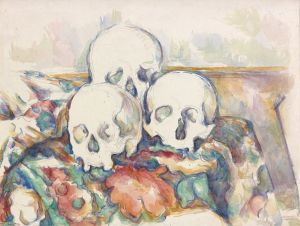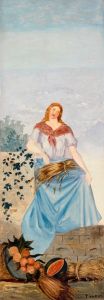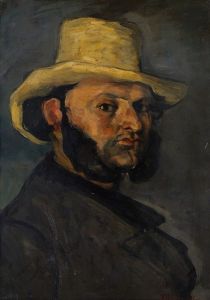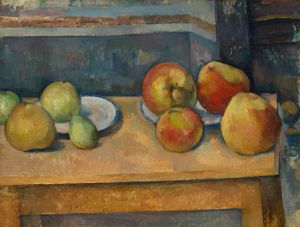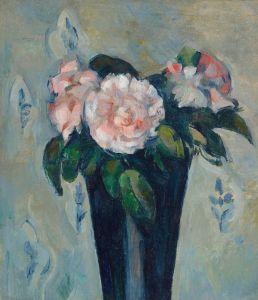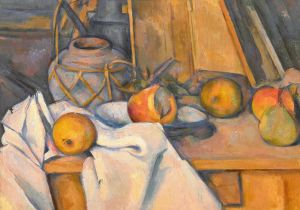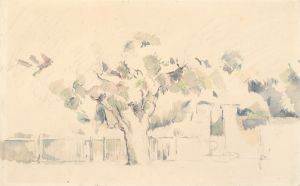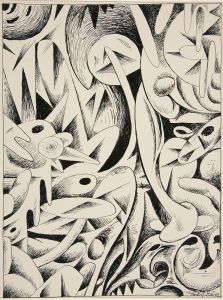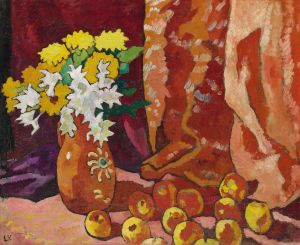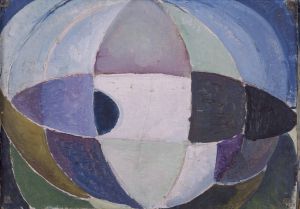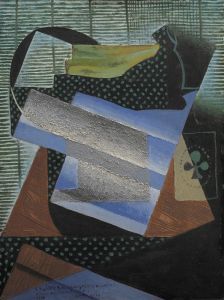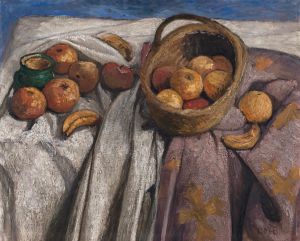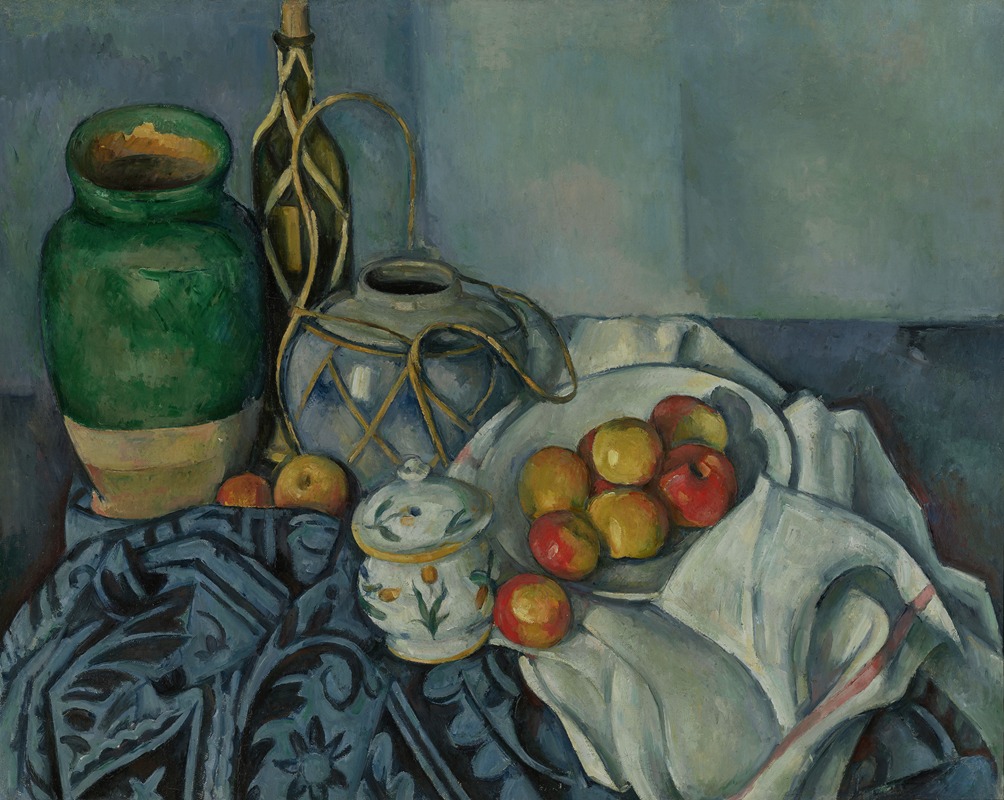
Still Life with Apples
A hand-painted replica of Paul Cézanne’s masterpiece Still Life with Apples, meticulously crafted by professional artists to capture the true essence of the original. Each piece is created with museum-quality canvas and rare mineral pigments, carefully painted by experienced artists with delicate brushstrokes and rich, layered colors to perfectly recreate the texture of the original artwork. Unlike machine-printed reproductions, this hand-painted version brings the painting to life, infused with the artist’s emotions and skill in every stroke. Whether for personal collection or home decoration, it instantly elevates the artistic atmosphere of any space.
"Still Life with Apples" is a renowned painting by the French Post-Impressionist artist Paul Cézanne. Created in the late 19th century, this work exemplifies Cézanne's innovative approach to still life painting, which played a significant role in the development of modern art. Cézanne is often regarded as a bridge between 19th-century Impressionism and the early 20th-century movements of Cubism and Fauvism, and "Still Life with Apples" is a testament to his unique artistic vision.
The painting features a carefully arranged composition of apples, a tablecloth, and other objects, rendered with Cézanne's characteristic use of color, form, and perspective. Unlike traditional still life paintings that sought to create a realistic depiction of objects, Cézanne's work emphasizes the underlying structure and geometry of the scene. He used bold, deliberate brushstrokes and a limited but harmonious color palette to convey the essence of the objects rather than their exact appearance. The apples, for instance, are depicted with a sense of volume and weight, achieved through subtle gradations of color and tone.
One of the most notable aspects of "Still Life with Apples" is Cézanne's treatment of perspective. Instead of adhering to the conventional rules of linear perspective, he employed a technique often referred to as "multiple viewpoints." This approach allows the viewer to perceive the objects from slightly different angles simultaneously, creating a dynamic and almost tactile quality to the composition. This departure from traditional perspective was highly influential on later artists, including Pablo Picasso and Georges Braque, who would go on to develop Cubism.
Cézanne's still life paintings, including "Still Life with Apples," were not merely exercises in technical skill but also explorations of the relationships between shapes, colors, and spatial arrangements. He once remarked that he wanted to "treat nature by the cylinder, the sphere, the cone," reflecting his interest in reducing natural forms to their geometric essentials. This analytical approach is evident in the way the apples and other objects are depicted, with an emphasis on their underlying structure.
The exact date of creation for "Still Life with Apples" is not definitively known, as Cézanne painted numerous still lifes featuring apples throughout his career. However, it is generally believed to have been completed in the 1890s, during a period when he was living and working in Provence, France. This region's light and landscape had a profound impact on his work, and the warm, earthy tones of the painting reflect his connection to the environment.
Today, "Still Life with Apples" is celebrated as a masterpiece of Post-Impressionism and is housed in the Museum of Modern Art (MoMA) in New York City. It continues to be studied and admired for its groundbreaking approach to composition and its influence on the trajectory of modern art.





